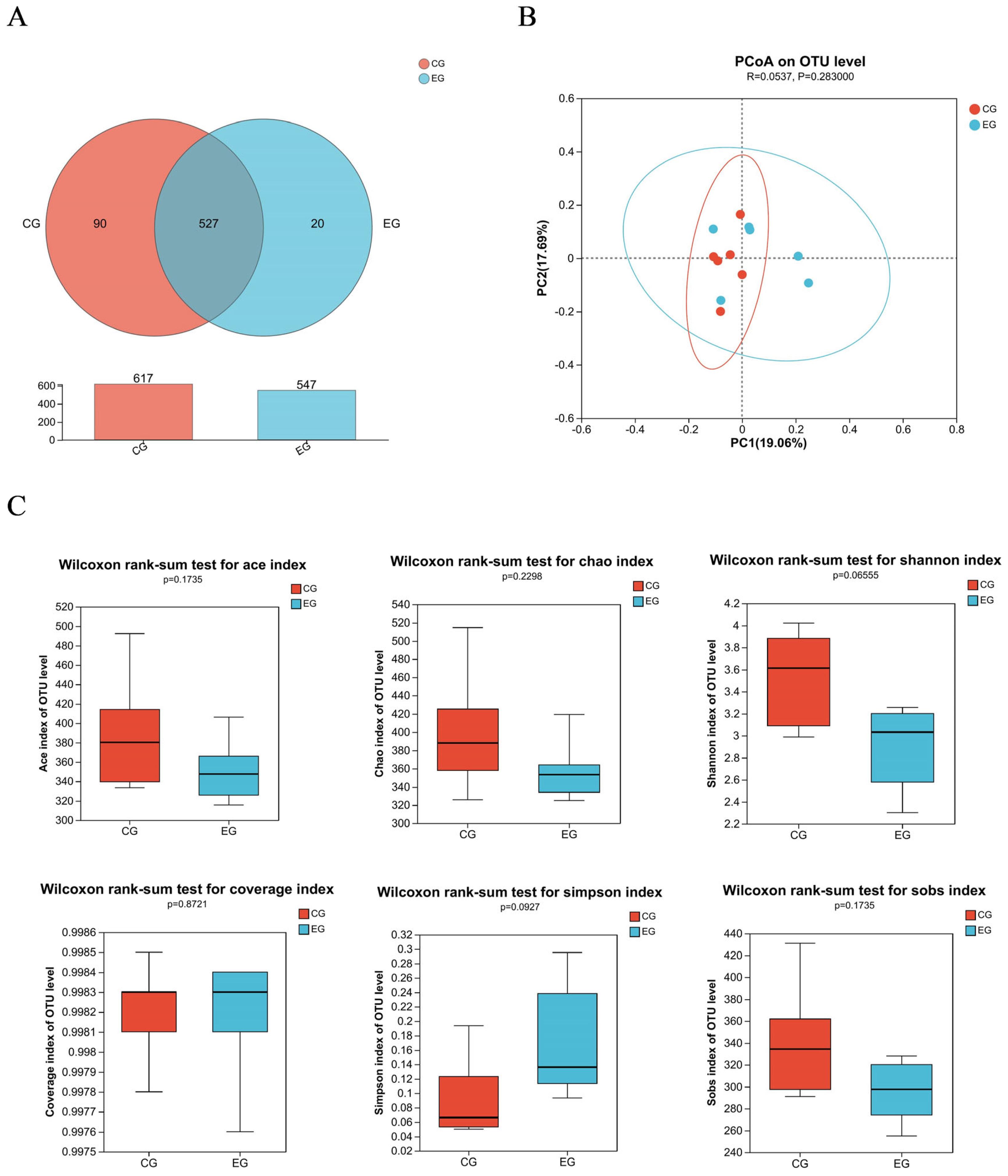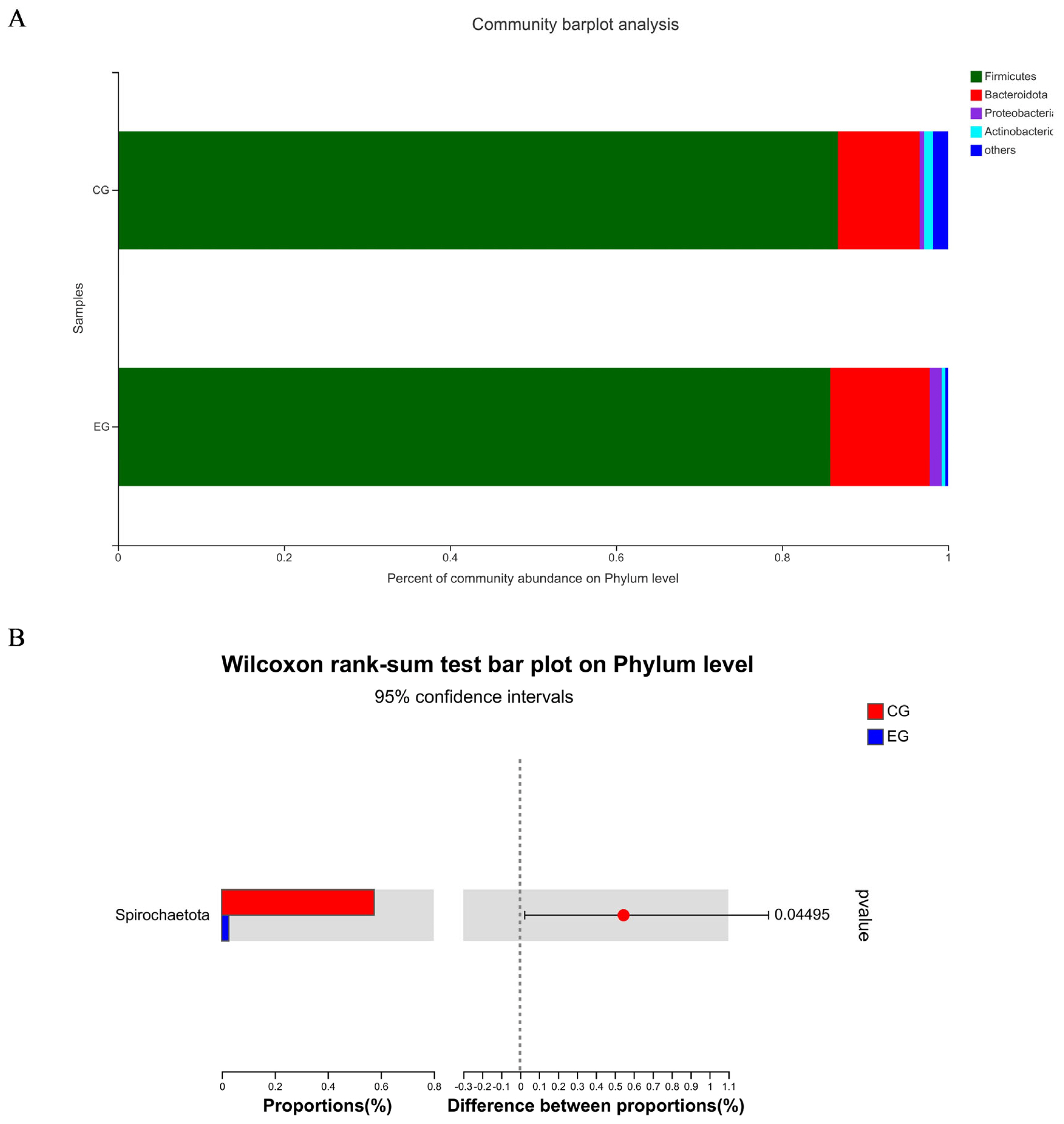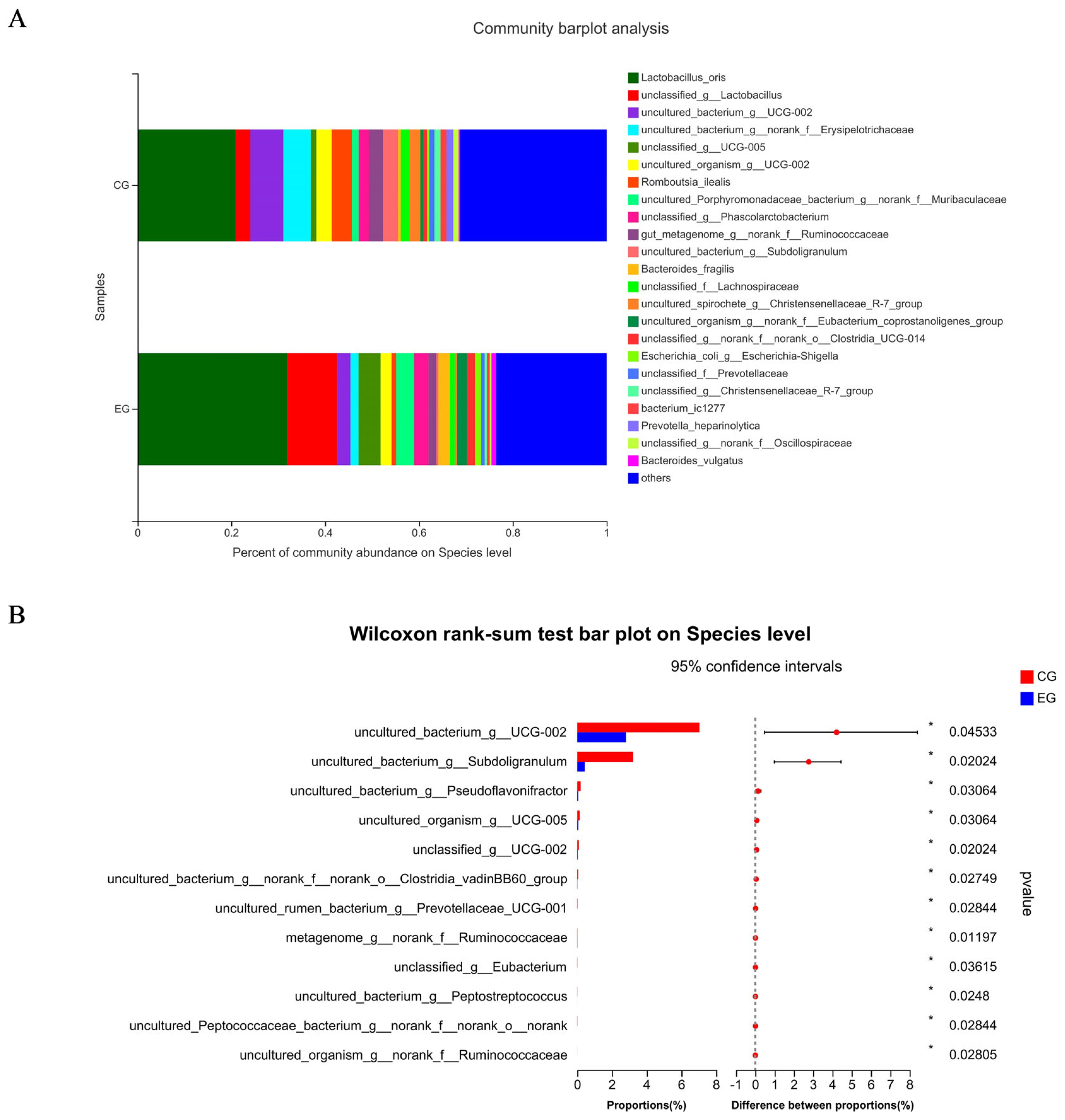2. Park MS, Yang YX, Choi JY, et al. Effects of dietary fat inclusion at two energy levels on reproductive performance, milk compositions and blood profiles in lactating sows. Acta Agric Scand A Anim Sci 2008; 58:121ŌĆō8.
https://doi.org/10.1080/09064700802400803

4. Jin C, Fang Z, Lin Y, et al. Influence of dietary fat source on sow and litter performance, colostrum and milk fatty acid profile in late gestation and lactation. Anim Sci J 2017; 88:1768ŌĆō78.
https://doi.org/10.1111/asj.12836


5. Ivanov DS, Levi─ć JD, Sredanovi─ć SA. Fatty acid composition of various soybean products. Food Feed Res 2010; 37:65ŌĆō70.
7. Hanczakowska E, ┼Üwi─ģtkiewicz M, Natonek-Wi┼øniewska M, Oko┼ä K. Medium chain fatty acids (MCFA) and/or probiotic Enterococcus faecium as a feed supplement for piglets. Livest Sci 2016; 192:1ŌĆō7.
https://doi.org/10.1016/j.livsci.2016.08.002

8. Khatibjoo A, Mahmoodi M, Fattahnia F, Akbari-Gharaei M, Shokri AN, Soltani S. Effects of dietary short- and medium-chain fatty acids on performance, carcass traits, jejunum morphology, and serum parameters of broiler chickens. J Appl Anim Res 2017; 46:492ŌĆō8.
https://doi.org/10.1080/09712119.2017.1345741

9. Kouba M, Mourot J. A review of nutritional effects on fat composition of animal products with special emphasis on n-3 polyunsaturated fatty acids. Biochimie 2011; 93:13ŌĆō7.
https://doi.org/10.1016/j.biochi.2010.02.027


10. Rosero DS, Odle J, Mendoza SM, Boyd RD, Fellner V, van Heugten E. Impact of dietary lipids on sow milk composition and balance of essential fatty acids during lactation in prolific sows. J Anim Sci 2015; 93:2935ŌĆō47.
https://doi.org/10.2527/jas.2014-8529


13. National Research Council. Nutrient requirements of swine. 11th edWashington, DC, USA: The National Academy Press; 2012.
14. AOAC (Association of Official Analysis Chemist). Official methods of analysis. 19th edGaithersburg, MD, USA: AOAC International; 2012.
17. Llaurad├│-Calero E, Badiola I, Delpino-Rius A, et al. Fish oil rich in eicosapentaenoic acid and docosahexaenoic acid in sow diets modifies oxylipins and immune indicators in colostrum and milk. Animal 2021; 15:100403
https://doi.org/10.1016/j.animal.2021.100403


19. Smits RJ, Luxford BG, Mitchell M, Nottle MB. Sow litter size is increased in the subsequent parity when lactating sows are fed diets containing n-3 fatty acids from fish oil. J Anim Sci 2011; 89:2731ŌĆō8.
https://doi.org/10.2527/jas.2010-3593


20. Jang YD, Lindemann MD, Monegue HJ, Monegue JS. The effect of coated sodium butyrate supplementation in sow and nursery diets on lactation performance and nursery pig growth performance. Livest Sci 2017; 195:13ŌĆō20.
https://doi.org/10.1016/j.livsci.2016.11.005

21. Lan R, Kim I. Effects of organic acid and medium chain fatty acid blends on the performance of sows and their piglets. Anim Sci J 2018; 89:1673ŌĆō9.
https://doi.org/10.1111/asj.13111


22. Rosero DS, Boyd RD, McCulley M, Odle J, van Heugten E. Essential fatty acid supplementation during lactation is required to maximize the subsequent reproductive performance of the modern sow. Anim Reprod Sci 2016; 168:151ŌĆō63.
https://doi.org/10.1016/j.anireprosci.2016.03.010


23. Yin J, Lee KY, Kim JK, Kim IH. Effects of different n-6 to n-3 polyunsaturated fatty acids ratio on reproductive performance, fecal microbiota and nutrient digestibility of gestation-lactating sows and suckling piglets. Anim Sci J 2017; 88:1744ŌĆō52.
https://doi.org/10.1111/asj.12819


24. Jin C, Fang Z, Lin Y, et al. Influence of dietary fat source on sow and litter performance, colostrum and milk fatty acid profile in late gestation and lactation. Anim Sci J 2017; 88:1768ŌĆō78.
https://doi.org/10.1111/asj.12836


25. Vida O, F├Ībi├Īn J, Bazar G, Egri B, T├│th T. The effect of dietary glycerol supplementation on milk production and composition, blood parameters and performance of lactating sows. Livest Sci 2019; 230:103859
https://doi.org/10.1016/j.livsci.2019.103859

29. Voronin MV, Sidneva ES, Lisitsyna TA, Zhanataev AK, Durnev AD. Total antioxidant capacity of blood plasma from healthy donors receiving vitamin and mineral complex. Bull Exp Biol Med 2004; 137:457ŌĆō9.
https://doi.org/10.1023/B:BEBM.0000038152.44483.66


30. Han YS, Tang CH, Zhao QY, et al. Effects of dietary supplementation with combinations of organic and medium chain fatty acids as replacements for chlortetracycline on growth performance, serum immunity, and fecal microbiota of weaned piglets. Livest Sci 2018; 216:210ŌĆō8.
https://doi.org/10.1016/j.livsci.2018.08.013

32. Kielland C, Rootwelt V, Reksen O, Framstad T. The association between immunoglobulin G in sow colostrum and piglet plasma. J Anim Sci 2015; 93:4453ŌĆō62.
https://doi.org/10.2527/jas.2014-8713

33. Shen Y, Wan H, Zhu J, et al. Fish oil and olive oil supplementation in late pregnancy and lactation differentially affect oxidative stress and inflammation in sows and piglets. Lipids 2015; 50:647ŌĆō58.
https://doi.org/10.1007/s11745-015-4024-x


35. Rekiel A, Wi─Öcek J, Beyga K. Analysis of the relationship between fatness of late pregnant and lactating sows and selected lipid parameters of blood, colostrum and milk. Ann Anim Sci 2011; 11:487ŌĆō95.
https://doi.org/10.2478/v10220-011-0001-3

37. Cui C, Shen CJ, Jia G, Wang KN. Effect of dietary Bacillus subtilis on proportion of Bacteroidetes and Firmicutes in swine intestine and lipid metabolism. Genet Mol Res 2013; 12:1766ŌĆō76.
https://doi.org/10.4238/2013.May.23.1


38. Li Z, Zhang F, Zhao Y, Liu X, Xie J, Ma X. Effects of different starch diets on growth performance, intestinal health and faecal microbiota of growing pigs. J Anim Physiol Anim Nutr 2023; 107:1043ŌĆō53.
https://doi.org/10.1111/jpn.13810


40. Valeriano VDV, Balolong MP, Kang DK. Probiotic roles of Lactobacillus sp. in swine: insights from gut microbiota. J Appl Microbiol 2017; 122:554ŌĆō67.
https://doi.org/10.1111/jam.13364













 PDF Links
PDF Links PubReader
PubReader ePub Link
ePub Link Full text via DOI
Full text via DOI Download Citation
Download Citation Print
Print





